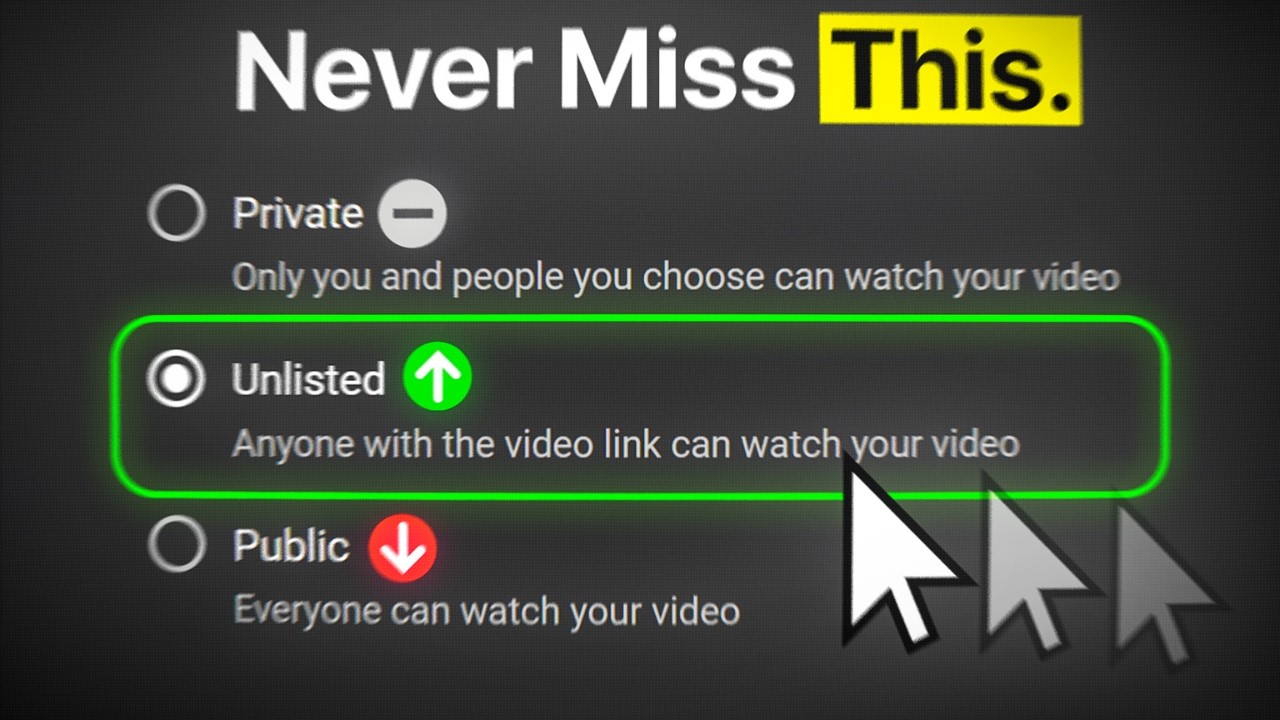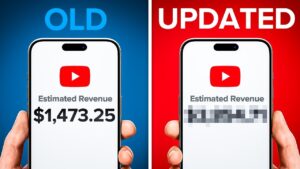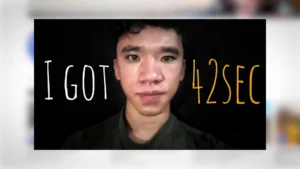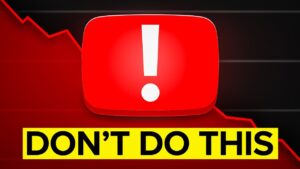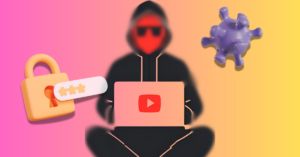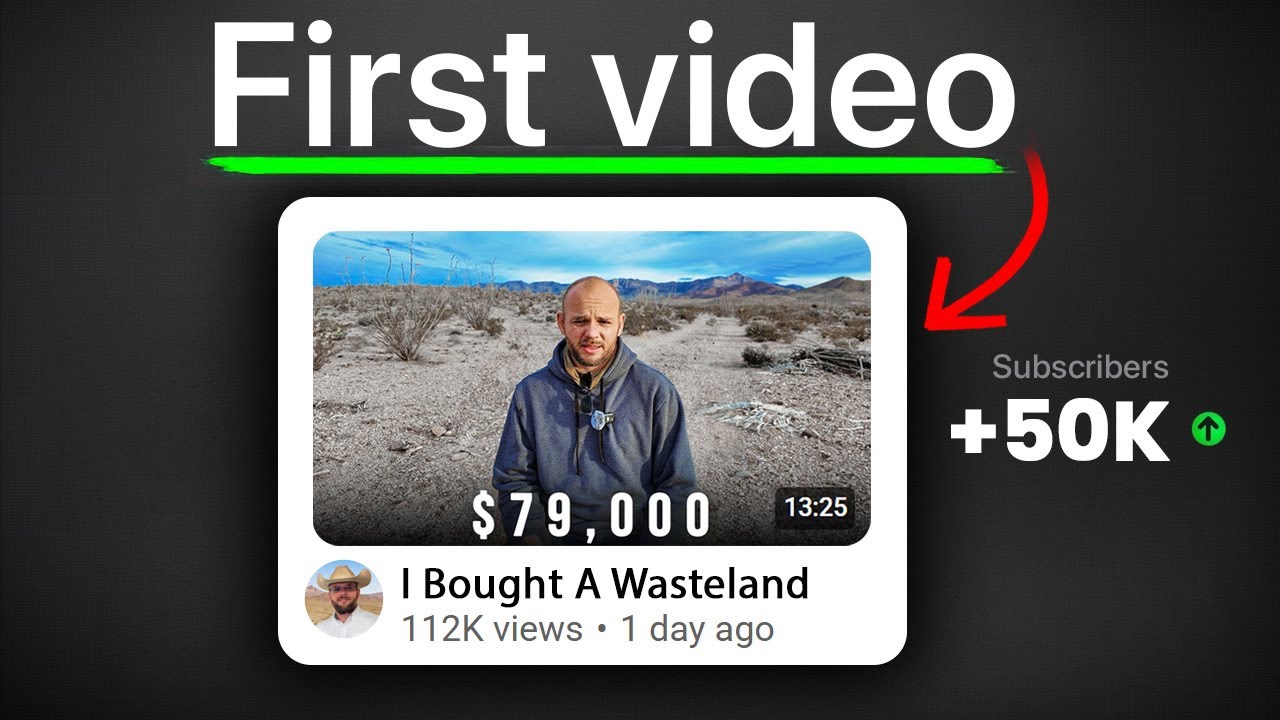What happens when a complete YouTube beginner buys 320 acres of remote desert land and simply turns on a camera to share the journey? The result, as you’ll see, is nothing short of viral gold. This article dives deep into the storytelling-as-a-growth hack approach that led to one small YouTuber’s breakthrough video that transformed him from another content creator with a dream into the face of desert permaculture. With over 4.3 million views and 112,000 subscribers gained from a single upload, this case study reveals the powerful elements that made the video explode — and how you can apply the exact same principles to your own channel, no matter your niche.
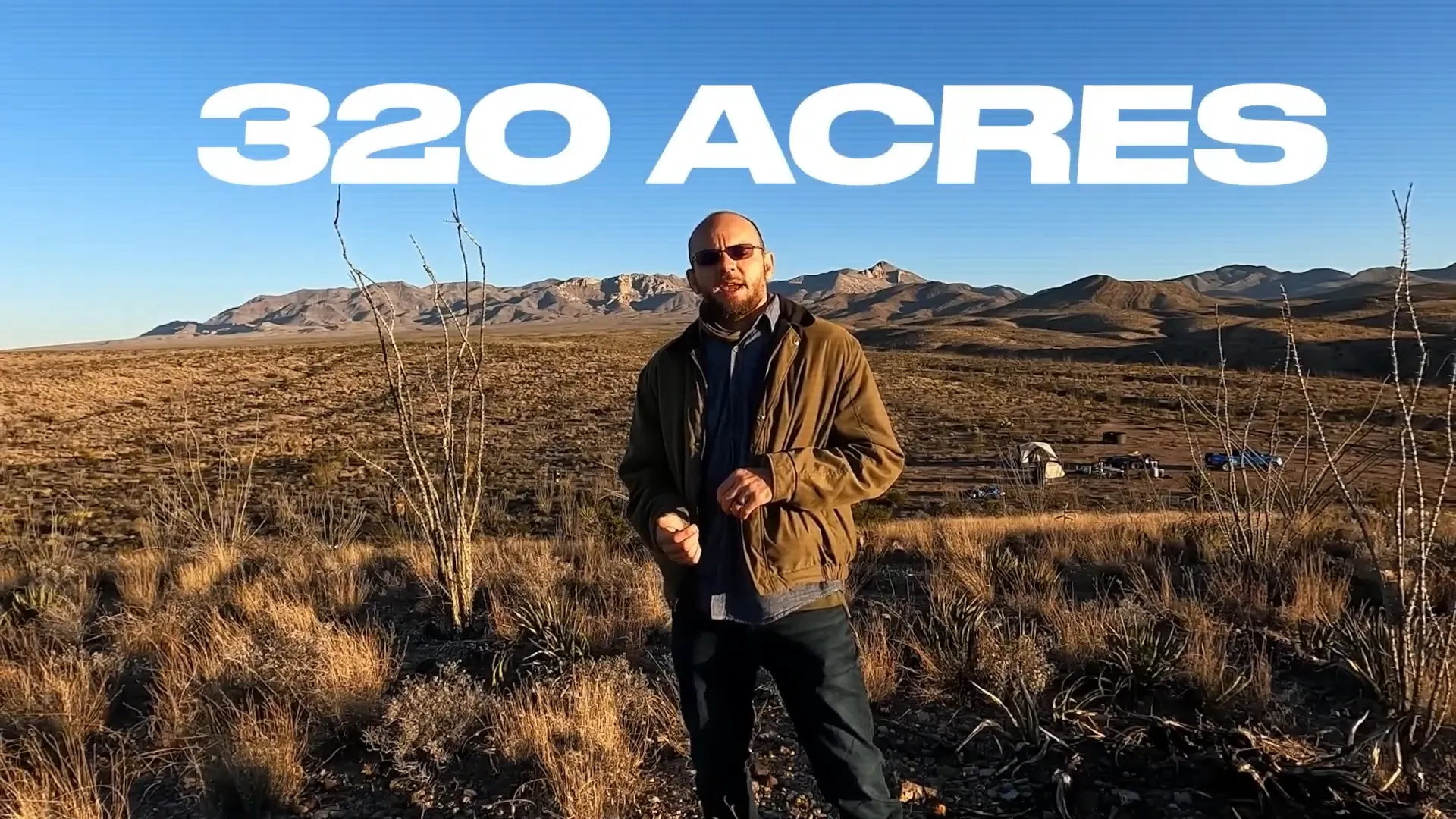
Table of Contents
- Why his first upload wasn’t just another YouTube video
- Three forces behind the video’s virality
- the virality pyramid: a framework for storytelling for YouTube growth
- how to apply the virality pyramid to your own content
- examples of storytelling for YouTube growth across niches
- why perfect gear and viral gimmicks aren’t the answer
- final thoughts
Why his first upload wasn’t just another YouTube video
There’s no flashy editing here — no fast cuts, no sound effects, no gimmicks like dancing arrows or TikTok-style camera shakes. Instead, Sean Overton simply films himself in the harsh West Texas desert, wearing a beanie, talking honestly about how he bought 320 acres of seemingly inhospitable land for $79,000. The raw authenticity of “I don’t know what I’m doing” is one of the most honest and compelling premises in YouTube history, and audiences responded massively.
This wasn’t just a viral moment. It built a brand. More than half of Overton’s channel growth came from this single video. But what turned this honest, unpolished video into rocket fuel for his YouTube growth? Storytelling. Specifically, a strategic approach that goes beyond surface-level tactics and dives into narrative psychology and audience connection.
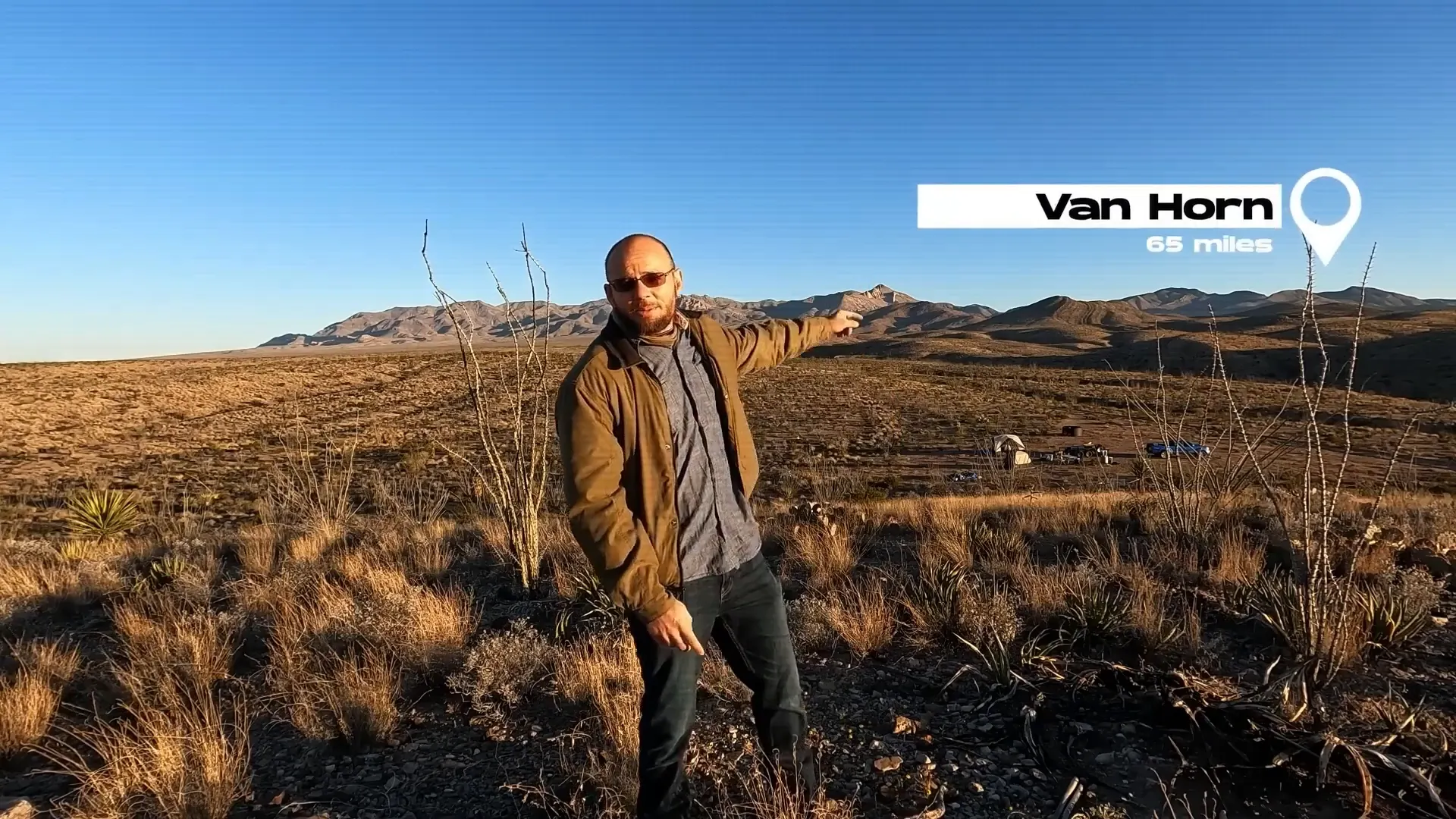
Three forces behind the video’s virality
Most creators overlook these critical elements, but they were the key drivers for Overton’s breakout success:
1. The impossible project premise
“Turn a desert into a forest.” Simple enough. Let’s just go ahead and terraform Texas, shall we? I’m not doing anything this weekend.
It sounds impossible, which makes it magnetic. Overton doesn’t promise instant results. Instead, he invites viewers into the very first step of a massive, ambitious project. This scale combined with his natural vulnerability is addictive.
Unlike traditional tutorials, Overton doesn’t teach from a place of expertise. He learns on camera, sharing his uncertainty and discovery process. This shift changes the dynamic from creator as expert and audience as pupil to a cooperative dynamic; a conversation and figuring things out together. Building community drives YouTube growth and if the audience feels invested and like “we’re in this together,” that’s basically the definition of community.
2. Audience engagement through vulnerability
By openly admitting he doesn’t have all the answers, Overton lowers the barrier for viewer participation. People want to comment, help, and engage because it feels like they’re part of the journey, not just passive watchers. This engagement is a key cheat code for the YouTube algorithm, which heavily favors watch time and interactive comments.
3. Environmental tension as a natural antagonist
The harsh desert landscape itself becomes the antagonist. With cracked soil, freezing forty-degree mornings, and empty highways, the environment creates relentless tension. No villain required. Overton’s soft narration layered over this backdrop contrasts sharply with the hostile setting, making viewers want to belong to this place and root for his success.
He also uses natural retention beats throughout the video — moments of conflict and suspense like his GPS not working, getting lost, and finally the payoff of stunning drone shots that reveal the land. This narrative structure flows from conflict to confusion, then discovery, and finally vision, all without fancy editing tricks.
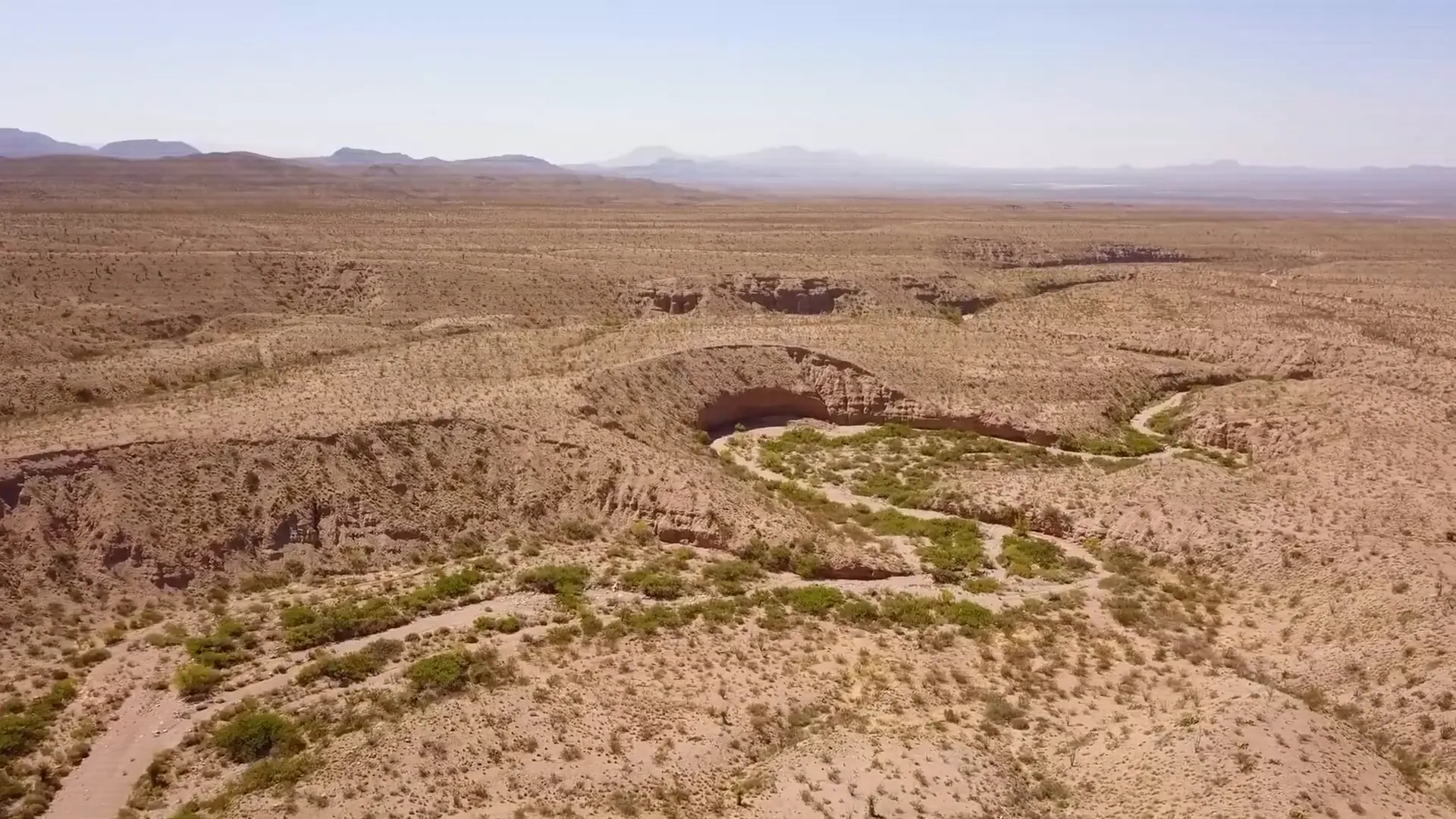
The virality pyramid: a framework for storytelling for YouTube growth
At the heart of this video’s success is what we’ll call the virality pyramid. It’s a simple but powerful framework to help creators craft content that resonates deeply and grows channels fast. Here are the the key blocks in the pyramid:
- Believable conflict (the base): The land is cheap for a reason — it’s brutal and unforgiving. This real tension grounds the story and makes the stakes authentic.
- Clear, stupid hard goal (the middle): Turning a desert into a forest is insane and borderline impossible. This goal is so audacious it hooks viewers who want to see if he can pull it off.
- Earned emotional investment (the top): By showing the process, setbacks, and small victories, Sean earns viewers’ emotional commitment. When he talks about planting over 53,000 trees, we’re not just curious — we’re dedicated to seeing it through with him.
This pyramid explains why Overton’s video isn’t just a one-hit wonder but a foundation for ongoing audience loyalty and channel growth.
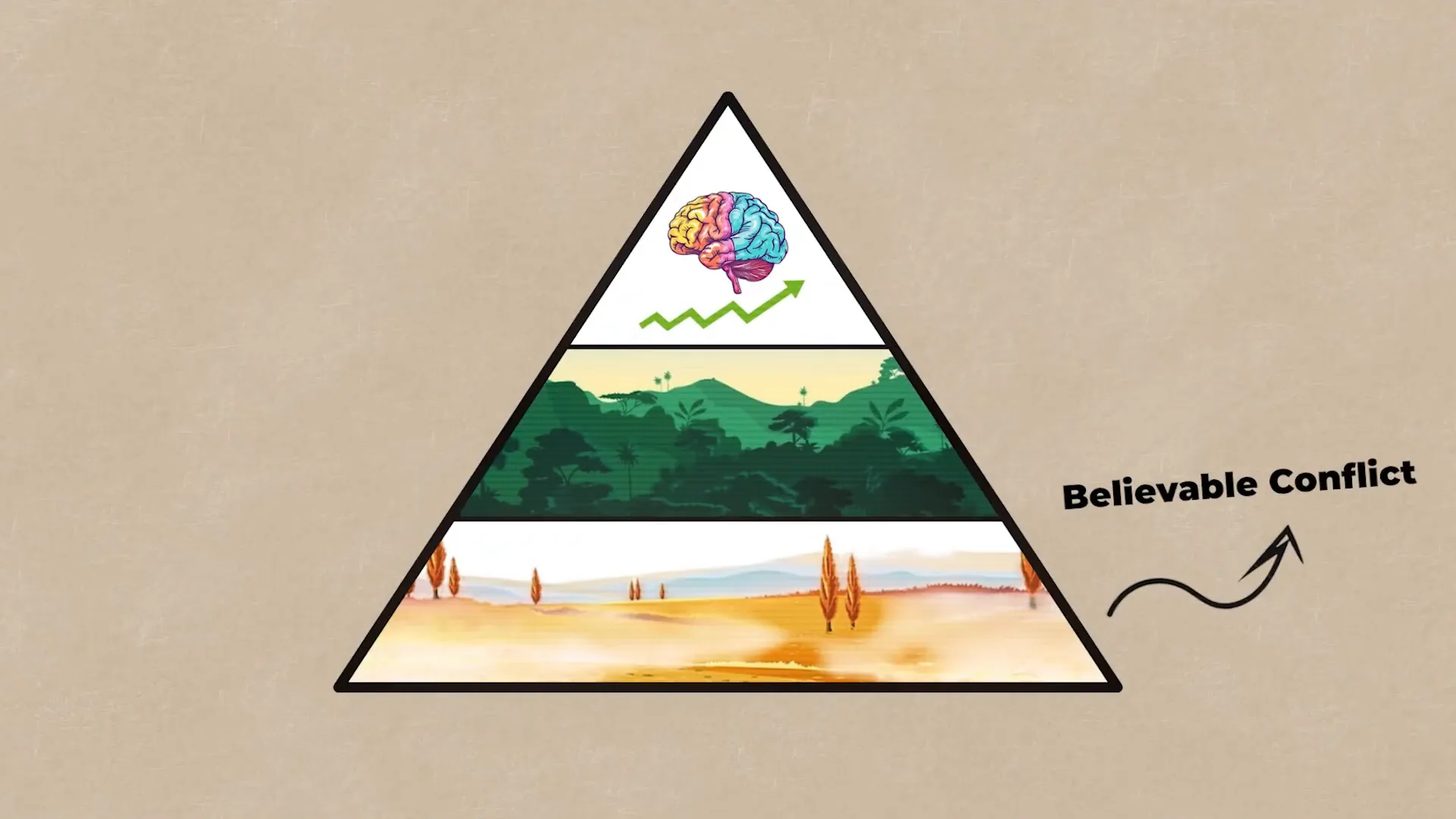
How to apply the virality pyramid to your own content
Ready to try this storytelling for YouTube growth framework yourself? Here’s a step-by-step guide:
1. Identify the conflict in your niche
What real struggle or tension exists in your area of interest? It could be a personal challenge, a community issue, or an extreme situation — like Overton’s harsh desert environment. The key is that the conflict feels authentic.
2. Set a “big hairy audacious goal”
Pick a target that makes people think “is that even possible?!” This audacity sparks curiosity and keeps viewers watching to see if you succeed or fail. For example:
- A home renovation channel might say: “I flipped a house with no experience”
- An AI-focused creator could try: “I built a business in a week with ChatGPT”
- A fitness channel might challenge: “From 0 to passing the Navy SEAL PST”
3. Build emotional investment by sharing your process
Don’t just show polished results. Share uncertainty, mistakes, and learning moments. Make it clear that your story is unfolding live, unscripted. This authenticity creates bingeable content, builds loyalty, and encourages viewers to come back for updates.
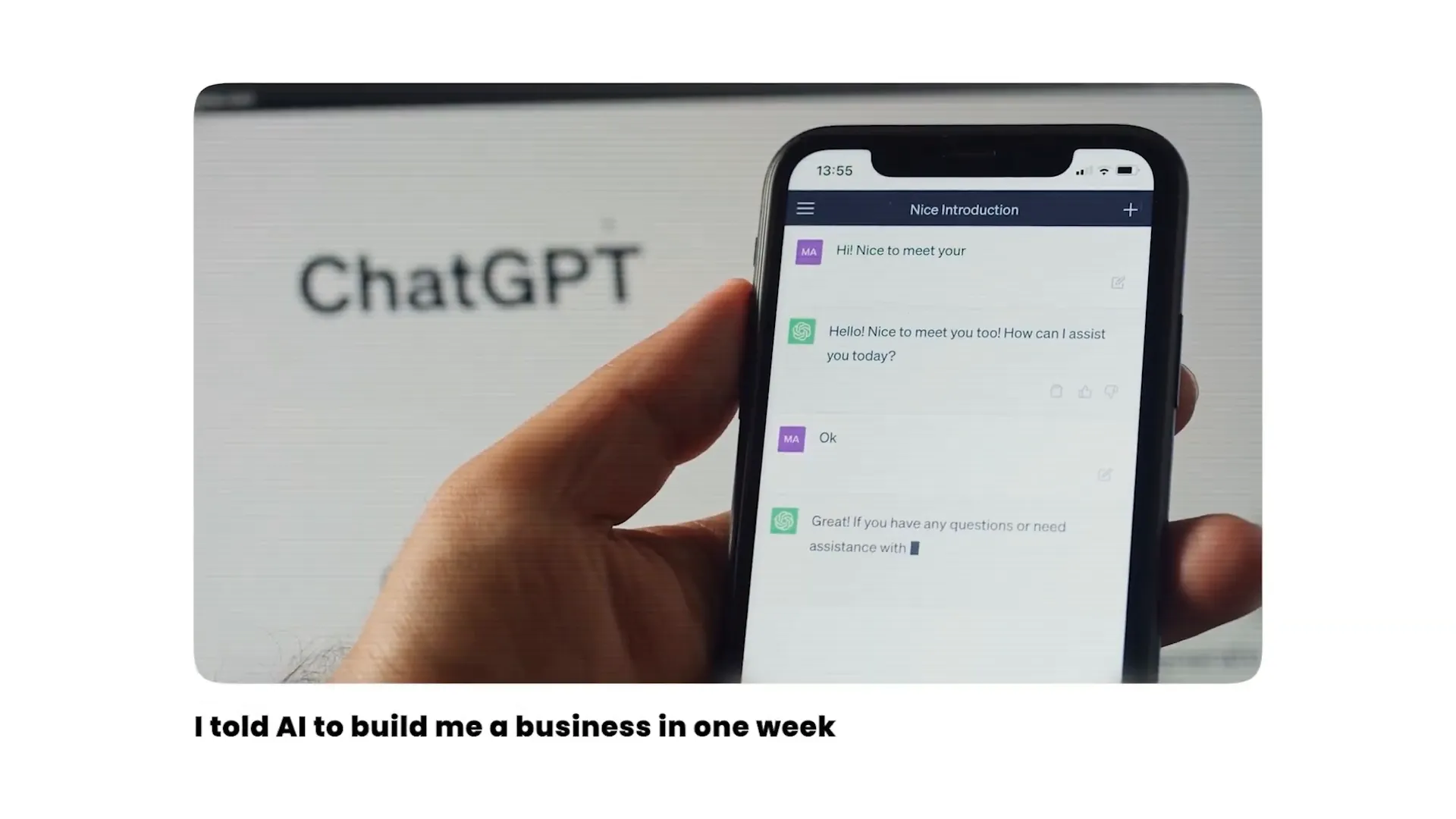
Examples of storytelling for YouTube growth across niches
To inspire you, here are some niche-specific ideas using the virality pyramid framework:
- Fitness: “I train like a Navy SEAL with zero experience.” High stakes, physical conflict, and real pain make this compelling.
- Education/Tech: “I told AI to build me a business in one week.” The uncertainty about whether it will succeed hooks viewers.
- Beauty/Lifestyle: “Can I recreate a $1,000 celebrity look using only dollar store makeup?” Fun, absurd, and curiosity-driving.
- Personal finance: “I lived on $2 a day in New York City for a week.” Real-world tension and a strong narrative payoff.
No matter your genre, the story-first approach remains the ultimate algorithm hack because it taps into what humans fundamentally want to see.
Why perfect gear and viral gimmicks aren’t the answer
This case study proves you don’t need Hollywood production teams, Lamborghinis for thumbnails, or viral gimmicks to break through on YouTube. Overton’s success came from clarity of mission and honesty of storytelling. When you show up with a big, nearly impossible dream and the courage to hit record anyway, you create stories people want to see play out.
The lesson for creators is clear: focus on crafting authentic, compelling narratives that invite viewers into your journey. That’s the real secret to storytelling for YouTube growth.
Final thoughts
If you’re thinking about launching a channel or struggling to grow, remember Sean Overton’s breakthrough video. It’s not about flash or polish — it’s about the power of a clear mission, believable conflict, and emotional investment. Use the virality pyramid as your guide, craft stories that invite your audience to engage and learn with you, and watch your channel grow.
Ready to create your own breakout moment? Start by identifying your conflict, setting a bold goal, and sharing your process honestly. The YouTube algorithm loves stories that humans love. It always has.

